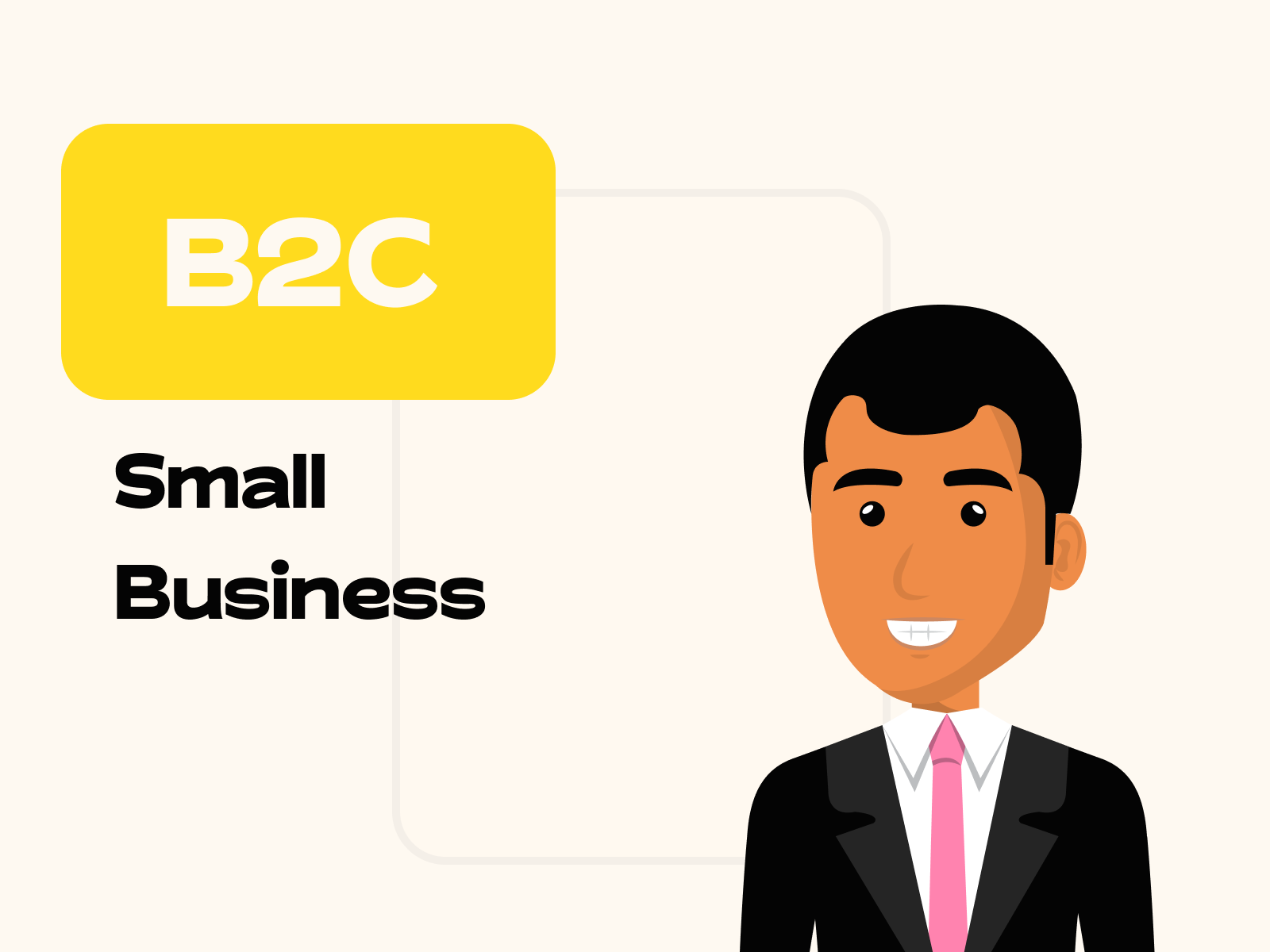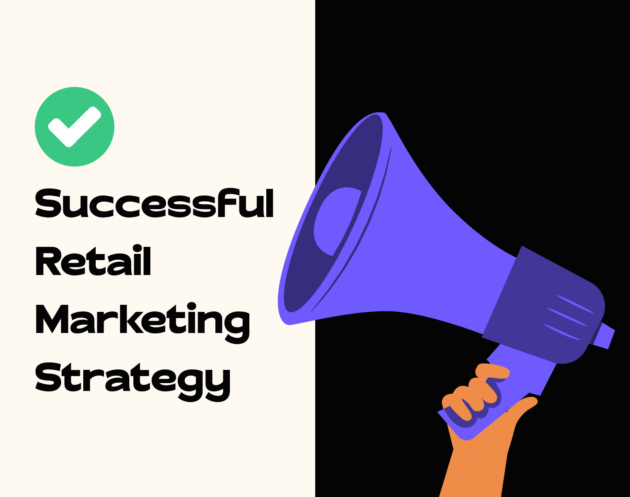Running a business to consumer (B2C) enterprise is both challenging and rewarding. While business to business (B2B) and B2C companies have some similarities, B2Cs face some particular roadblocks while growing.
Statista reported in early 2020 about 18.1% of B2C product companies reported the majority of sales being online, while those offering services reported about 15.6% in digital sales. With the pandemic, those numbers will likely be a bit higher as many companies were forced to go digital sooner than they’d planned to meet the new needs of consumers staying at home.
Bumping up plans to go online presents some unique challenges for entrepreneurs. We’ll look at how to navigate the digital sales landscape as well as brick-and-mortar challenges you might face. No matter where your company is on the spectrum, you’ll find advice to help you find an alternate route around your roadblocks.
Roadblock #1: Meeting Customer Expectations
What are the challenges of running a B2C? One hurdle you might overcome is figuring out what consumer expectations are and meeting or exceeding them.
Study your customer service records. Is there something people complain about often? Figuring out where the issues are helps you fix them before they occur. Complaints are a clue about things that didn’t match up to consumer expectations.
You can also send a survey and ask your current customers what they expect from a product or service like yours. Find out if you’re meeting all their needs or where you could improve.
Roadblock #2: Overcoming E-commerce Hurdles
Running a digital store is much different than a physical one. People can’t touch the object or look at it from a three dimensional perspective. Research shows 51% of consumers cite not being able to feel or try out items before buying is the biggest turnoff for e-commerce.
Some ways to overcome the lack of hands-on product placement include adding images showing an item from different angles, 360-degree videos and detailed descriptions.
Look at questions people ask your customer support about an item before buying. How can you answer those queries upfront? Be sure to include all the minute details about size, color, weight and texture.
Even though you might sell jewelry, take a page out of real estate agents’ books. For years, they’ve offered home walkthroughs for virtual shoppers. How can you offer a virtual tour of your product or service?
Roadblock #3: Understanding Speed of Decision Making
A rule of thumb is consumers make fast buying decisions and businesses long ones. It does depend on what you’re selling and the price point. The more expensive an item is, the more reluctant people will be to part with their money.
Knowing consumers make decisions faster than businesses, you can look for ways to speed up the process for your B2C buyers. How can you simplify the sales funnel? What objections do consumers have to buying and how can you push them past those concerns and offer reassurances?
If you know most of your customers need a few days to mull over an offer, collect contact information and follow-up after a set amount of time. Send them a special offer for committing to an order, give them a free trial period or reassure them of how happy others are with your product or service.
Roadblock #4: Finding Employees
Many service-oriented companies struggle to find employees right now. In nearly every town, there are restaurants reducing their hours or shuttering their doors because they don’t have enough staff to stay open.
A survey by the National Federation of Independent Business highlighted about 42% of small companies had unfilled job openings, an all-time high. You’re competing for workers against bigger corporations such as Amazon, who can pay more and offer better benefits to staff.
What is a small business to do to staff a store during their open hours? You can only afford to pay so much in wages before you price yourself out of the market. Look at the perks you offer and try to come up with ways to make your company culture better than competing employers.
For example, you could allow employees to work a flexible schedule so they can be home when their kids get off the school bus. What about an on-site day-care? Small retailers could set up a play area behind the counter so working moms can bring their children with them.
Another idea is to embrace a cause other people care about. Employees who also feel passionate about making a difference will flock to your company.
What other perks might you offer? Are you treating your employees the way you’d wish to be treated by your job? Look for ways to make coming to work fun and productive.
Roadblock #5: Getting the Word Out
B2C small businesses often have a hard time building up their initial client base. You need customers to grow, but you also have a limited amount of time for promotions and a small budget. Fortunately, you can increase your name recognition in some inexpensive ways.
Start with digital advertising. Not only is online marketing cheaper, but you can send your message to a highly targeted audience on social media and sites such as Google. Drive leads to your site.
Develop a street team of your top customers. Give them promotional items and perks if they share what you do with others. Your referral program should reward them generously.
A lot of people don’t recall, but PayPal was once a small startup. In the early days, they offered a $10 credit if you referred a new user to them and the new user got a small credit. The bonus created a scenario where millions of people began sharing the convenience of using PayPal and encouraging others to try it as well.
By adding a benefit for their customers to share their service, they brought in more and more new signups until they no longer needed to offer an incentive to use their payment gateway. In the early days, PayPal focused on consumers and expanded to businesses, creating a business to many (B2M) model that still works for them today.
Roadblock #6: Securing Your Data
As your B2C company grows, you’ll face the tough task of protecting your customers’ data. Because you sell to people, you’ll collect sensitive information such as name, address, phone number and credit card numbers.
Under rules such as the General Data Protection Regulation (GDPR), you’re responsible to secure those details. Even if you reside in the United States, you can still be subject to fines if you don’t take steps to follow GDPR and even one of your patrons resides in a European Union country.
You might think the cost of ramping up your cybersecurity is out of your budget, but there are many ways to keep information safe. Start by only collecting what you must have and keeping it for as long as you need it and no more.
Look at third-party services where you can store your information, such as cloud-based storage with the best security possible. You’ll pay a fraction of the cost of hiring your own IT department.
Roadblock #7: Fulfilling Orders
One of the best case scenarios is suddenly having an influx of orders. Unfortunately, you may not have enough inventory on hand to send them out in a timely manner.
There are a few things you can do to ensure you don’t leave customers hanging. Start with an inventory control system. Set alarms to alert you if there’s a sudden spike in demand for products. You can place an order and receive more before you run out.
You should also ask customers what they want and pay attention to past trends. If your sales spike every December 1st, prepare ahead by keeping popular products well stocked. Your customer relationship management (CRM) software should help you run reports and know what you need when.
Roadblock # 8: Perfecting Logistics
On the flip side of fulfilling orders is making sure they ship fast and arrive in good condition. Your CRM system should have the ability to print labels and track where a package is at any given time.
The company you choose to deliver your goods can make or break you as a business. Even if you own a brick-and-mortar store and only occasionally ship out merchandise, you still need to ensure it goes out the right way.
Think about everything from the package you place orders in to the material inside. What carrier offers you the best price you can pass on to your customers? Who ships it fastest? Can you have an employee deliver locally to speed up the process even further? You might even be able to charge a premium for same-day delivery.
Look at each touchpoint in the delivery process and ensure they all flow smoothly. If not, it’s time to make some tweaks and try again.
How Determined Are You?
You can hit each of the roadblocks above and overcome them with the tips laid out above. However, if you aren’t determined to overcome issues and work on continued growth, you’ll run into even more roadblocks.
You must develop the ability to look ahead and see the potential pitfalls before you hit them. Think about other issues you’ve already overcome and the ways you embraced different challenges. With a little foresight and a lot of planning, you can grow faster and be more successful than you ever dreamed possible.

Eleanor Hecks is the founder and managing editor of Designerly Magazine. She’s also a web design consultant with a focus on customer experience and user interface. She lives in Philadelphia with her husband and dogs, Bear and Lucy. Connect with her about marketing, design and/or tea on LinkedIn.




